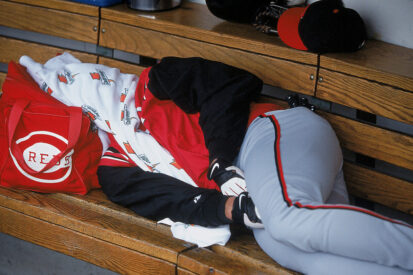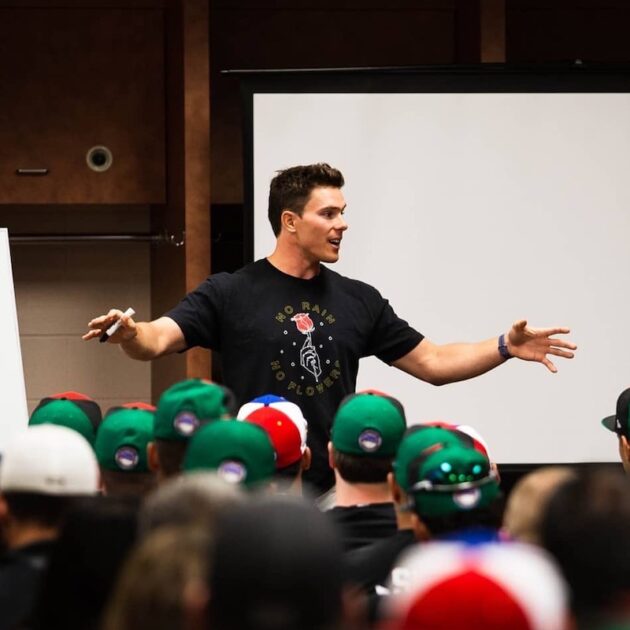“If you fail to plan, you are planning to fail.” This quote by Benjamin Franklin could not be more true. It is crucial to have a plan for everything you do. If you do not, you are setting yourself up for failure.
Why is it important to have a plan? Well, having a plan helps you to make much better decisions. For example, when you go to the plate without a plan, you are most likely to swing at any pitch in or around the strike zone. It is not bad because you have very good hand-eye coordination so you can hit everything. But how often are you making solid contact? Every hitter has their sweet spot where they can crush the ball. Yes, we are able to make contact with a wider zone, but in most cases, they result in rolling over or flying out somewhere.
On the other hand, let’s say we go to the plate with the plan to drive the ball to the opposite side of the field. Would swinging at an inside pitch, strike or ball, help us to achieve the results we are looking for? Most likely not. In that case, we would let that pitch go even if it was a strike, especially before two strikes. We are able to just sit one location on the outer half of the plate and look for something to drive to the opposite field.
From the example above, we are able to start to see the importance of a plan. This can carry into how you attack batters as a pitcher, what you will focus on when you are in the weight room, how you approach each ground ball that is hit to you, and much more scenarios. You may be wondering, well how do we create a plan?

Here are a few points to consider when creating your plan?
1. Plan according to the situation
Let’s say there is a runner on second with no outs and he is an important run in the game and you are up to bat. What are you trying to do at the plate? If you just go up there swinging, that runner has a small chance of advancing to third or possibly home. If you know that you are trying to get that runner to third base with less than 2 outs, you can look to drive the ball to right field somewhere. With that in mind, if you are left-handed, you can look for something middle/inside and turn on it. If you are right-handed, you can look for something away that you can drive to right field and advance the runner. It is important to know what you are trying to accomplish at the plate.
2. Plan according to your strengths
If you know you are great at driving the ball to your pull side, you can make the adjustments you need to accomplish that. Maybe for you it is to get on the plate more to make everything your middle/inside pitch. It could be to let go of everything on the outer half of the plate. It could be to angle your body a little more. Knowing your strengths is one of the biggest keys to your success and creating a plan to capitalize on that will only benefit you.
3. Practice your plan relentlessly
It is fantastic if you have formulated a plan for yourself, but it will only work if you practice it many times to make it a habit. When you create your plan, the way you practice should enforce your plan. We all hit off the tee, get front toss, and have batting practice, but not every player is the same. It is your job to enforce your plan into practice. Yes, you do have to listen to your coaches, which is just apart of the game. But overall, you have to put your plan to work. This will determine the results you produce in the game.
Having a plan is important in every ball player’s game. To come up with a plan that works for you, think about the situation, know your strengths, and practice your plan relentlessly. This will give you the best chance for success on the diamond.








